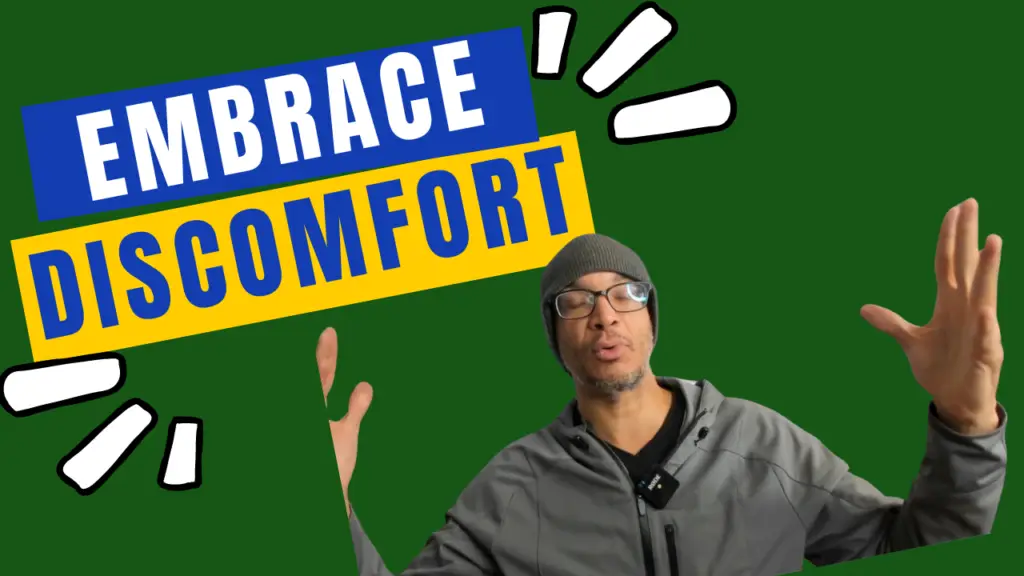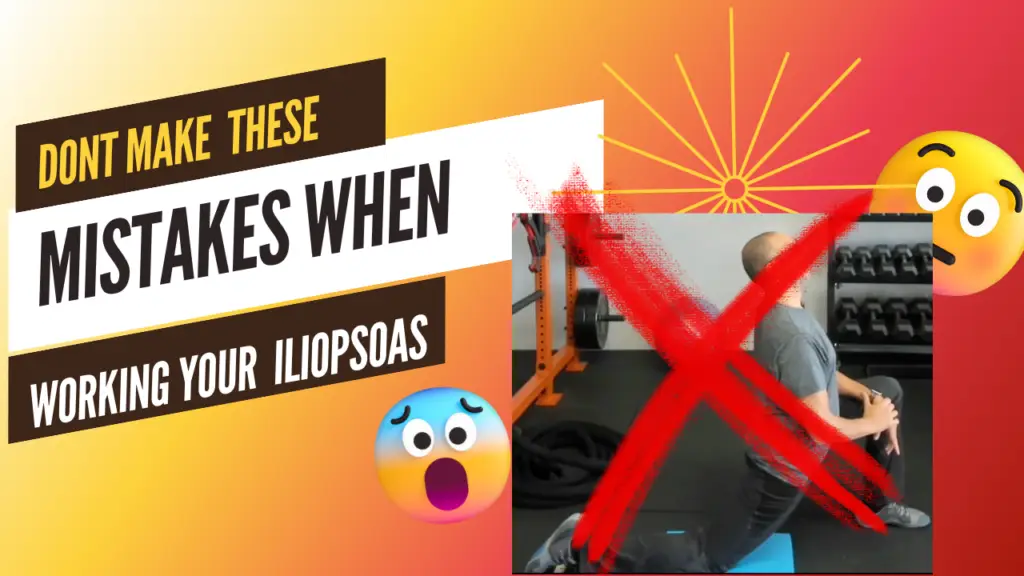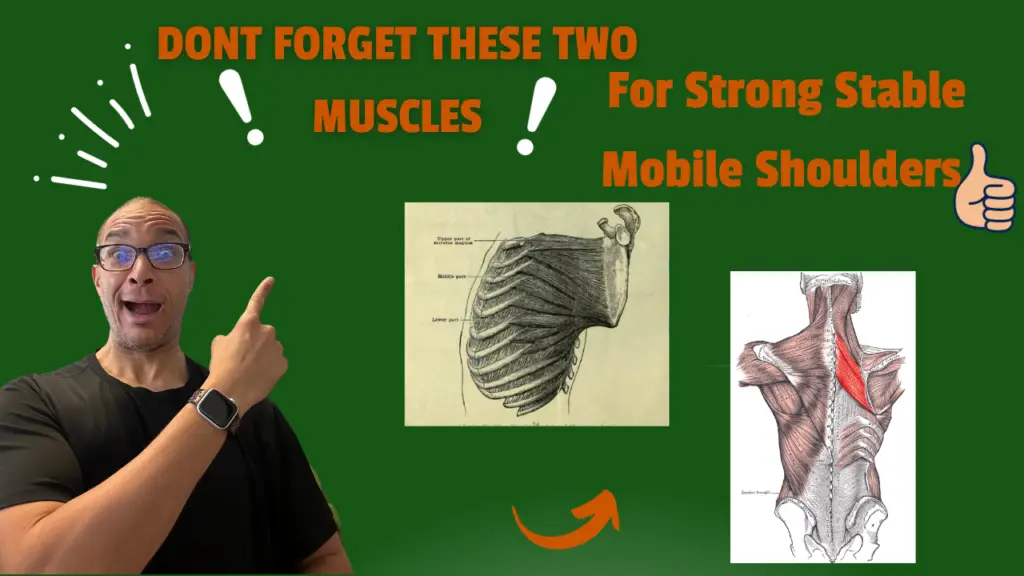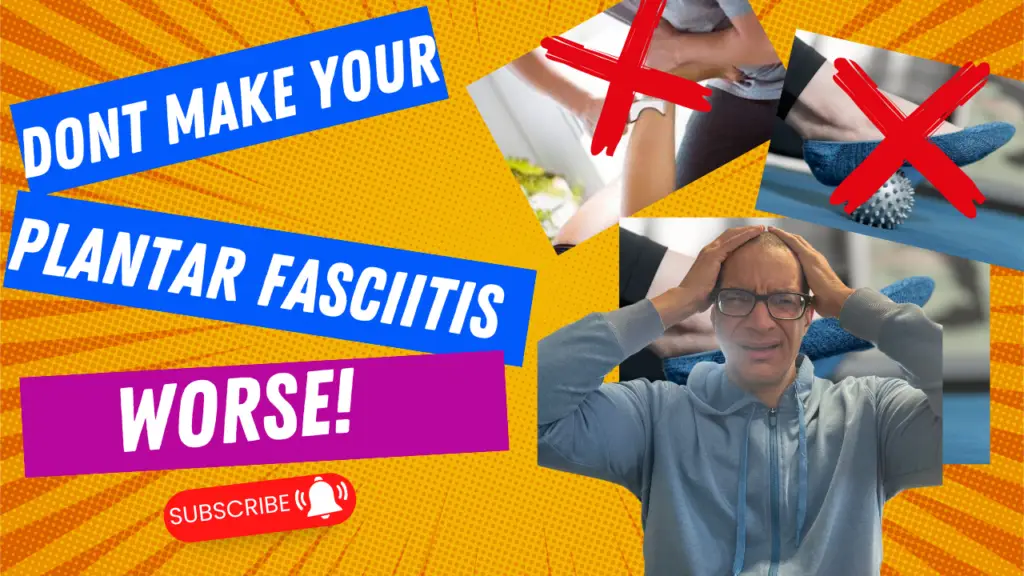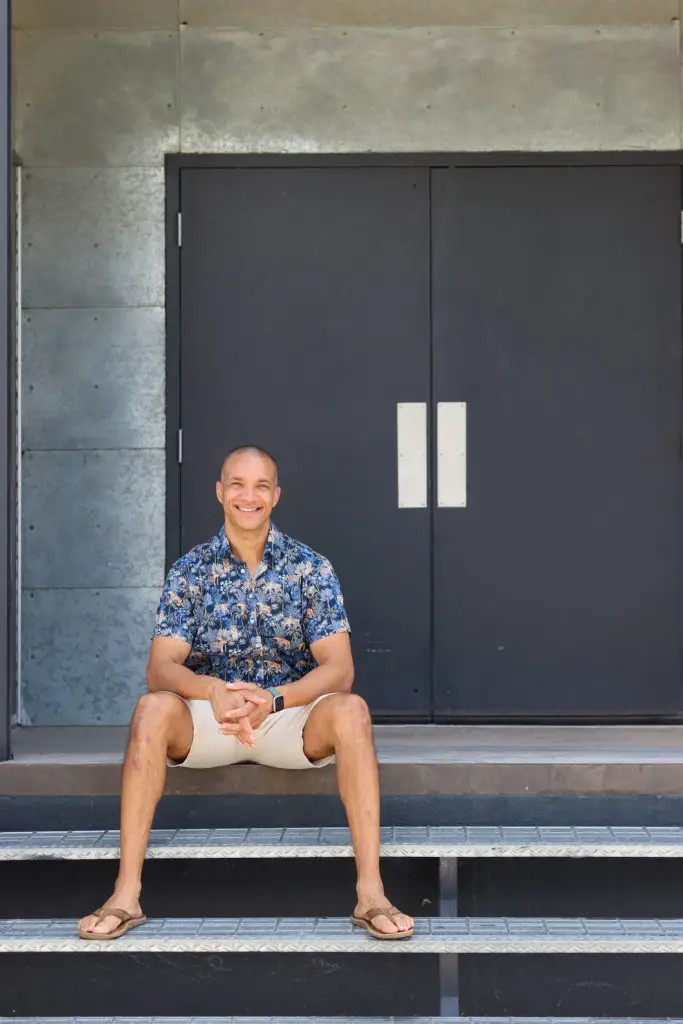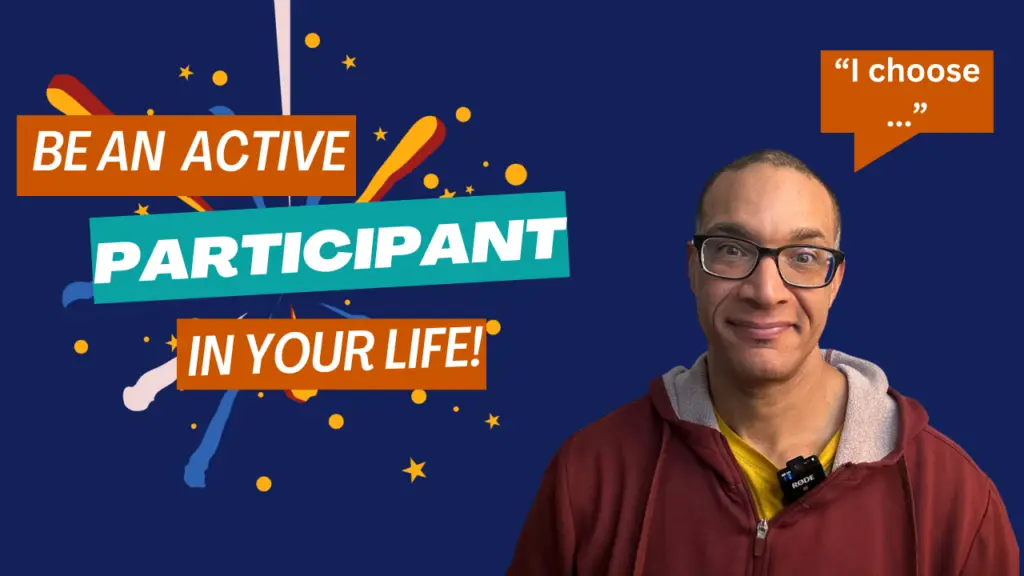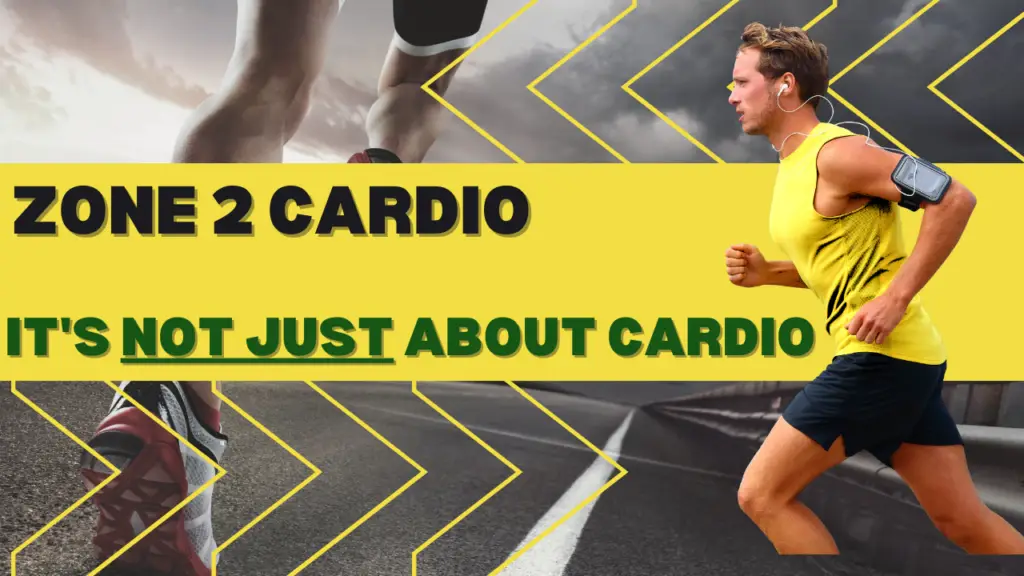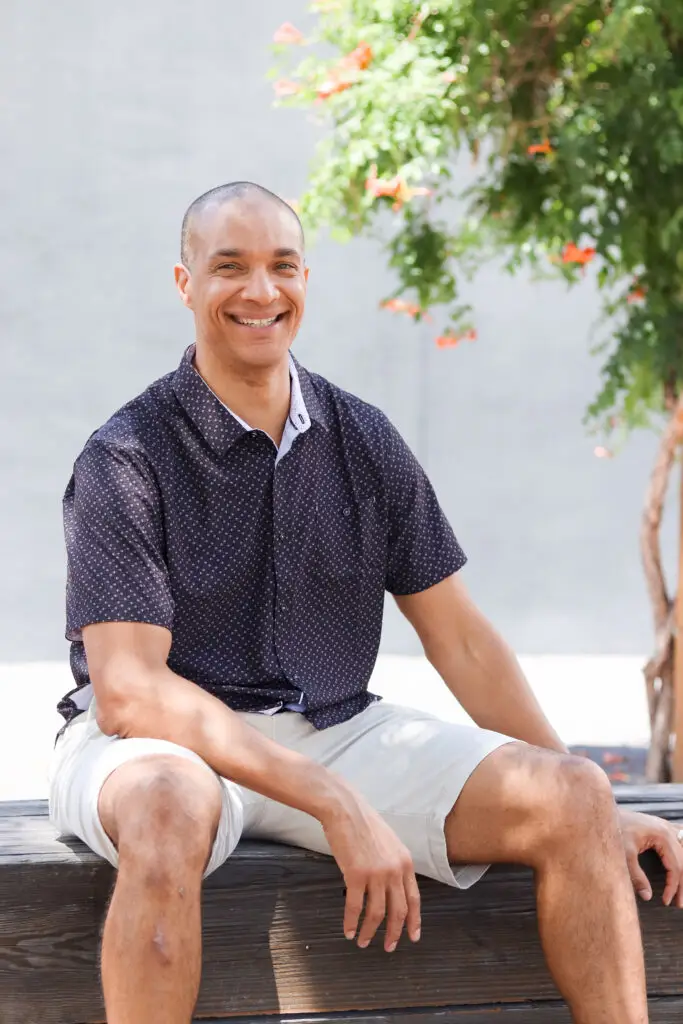
In today’s fast-paced world, it’s easy to constantly be somewhere else in your mind.
Scrolling through social media. Texting someone who isn’t in the room. Replaying yesterday or stressing about tomorrow.
This emotional disconnection is a signature of modern life. But when your body is here and your mind is not, you miss the real beauty of living—and the power of your own presence.
➡️ You’re not being the partner, parent, or friend you want to be.
➡️ You’re missing the beautiful gifts right in front of you.
➡️ You’re overlooking challenges and opportunities that matter.
The truth? You only get today. Yesterday’s gone. Tomorrow isn’t promised. What you do now is what counts. Here’s how to be present in your life, one moment at a time.
✅ 1. Breathe
Nothing centers you faster than your breath. Close your eyes and take three slow, deep breaths. If you want, take more.
✅ 2. Go Deeper
Explore mindfulness tools like meditation, guided apps, or yoga. You don’t need to be perfect—just consistent.
✅ 3. Unplug from Social Media
Nothing pulls you out of the present like scrolling. Schedule intentional scroll times and silence the rest.
✅ 4. Limit the News
Constant news exposure fuels anxiety. Stay informed, but stop doom-scrolling. You’ll be okay without the 24/7 feed.
✅ 5. Exercise Regularly
Move your body intentionally. Even a 15-minute walk clears your head and brings your attention back to now.
✅ 6. Practice Gratitude
Each day, jot down 1–3 things you’re grateful for. Speak your appreciation out loud. Smile at a stranger. It all counts.
✅ 7. Set Boundaries at Work
Take breaks. Turn off your phone after hours. Learn to say no when your plate is full. Boundaries are a gift to your future self.
✅ 8. Forget Multitasking
Focus on one thing at a time. Multitasking might feel productive, but it dilutes your attention and drains your energy.
✅ 9. Engage Your Senses
Look around. What do you see? Smell? Taste? Feel beneath your feet? Anchor yourself in what’s happening right now.
Some people get frustrated with presence practices. “It’s hard to stay focused,” they say.
They’re right. It is hard. Our minds wander—and that’s okay. Just gently return to the moment. Again and again. Like any practice, it gets easier over time.
Take a breath. Be gentle with yourself. You don’t need to be perfect. You just need to show up.
Building a foundation for a better life.
Find out more @

